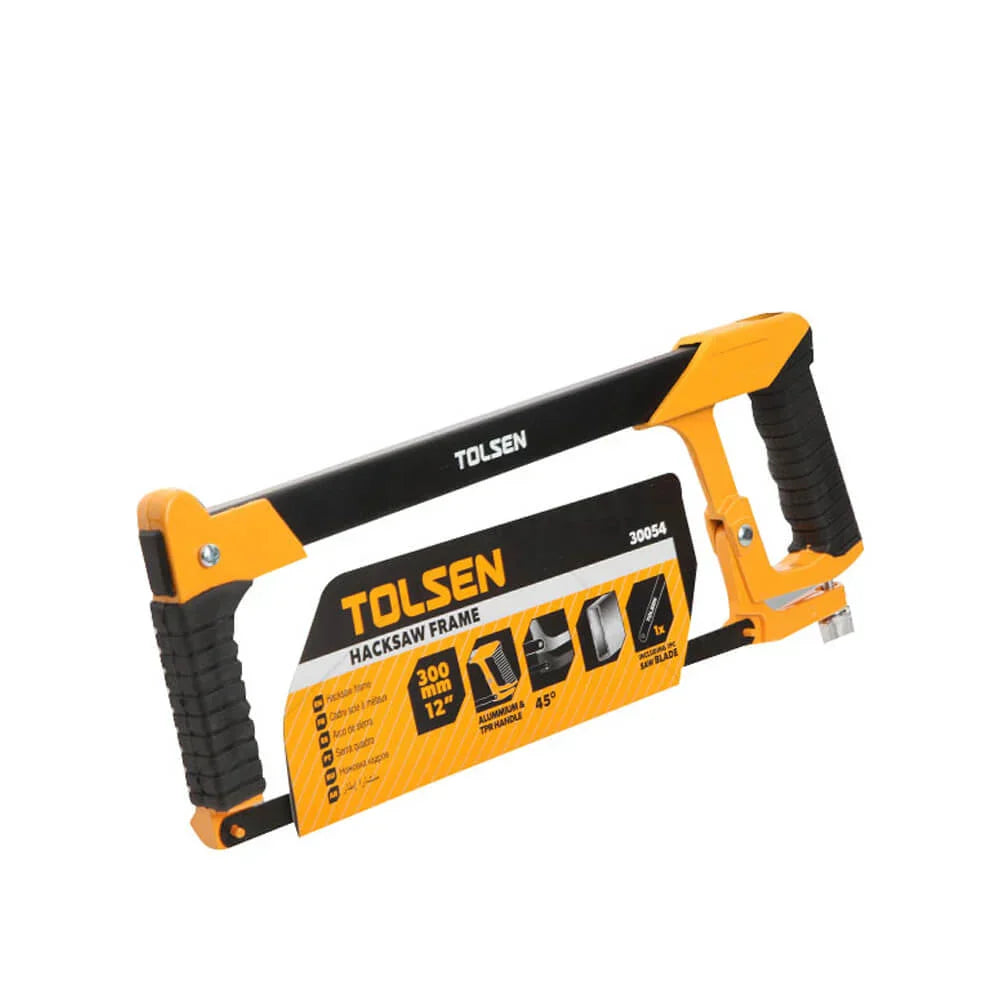Rust-Resistant Hacksaws for Outdoor Use
Rust-Resistant Hacksaws for Outdoor Use

If you need a hacksaw that won’t let you down outdoors, pick a model made from stainless steel or aluminum alloy—these materials naturally fight off rust and corrosion. Look for sturdy frames, ergonomic grips, and quick blade change features from trusted brands like Bahco, Tolsen, Stanley, and Milwaukee. Always clean and dry your saw after use to boost its lifespan. By choosing the right size and blade style, you’ll get the best cut no matter the weather. Discover more top picks and tips below.
Key Features of Rust-Resistant Hacksaws
Durability defines the best rust-resistant hacksaws, especially for outdoor projects. When you’re working outside, you need a hacksaw that stands up to harsh elements and constant use.
- Rust prevention designs protect the blade and frame from corrosion
- Sturdy frames resist bending and improve stability during cutting
- Ergonomic handles reduce fatigue and improve control
- Blade tension control allows for precise, consistent cuts
- Quick blade change mechanisms save time during projects
Prioritize these features for a reliable hacksaw built for weather resilience and outdoor cutting tasks.
Top Materials That Prevent Rust
Choosing the right material is key to outdoor durability:
| Material | Rust Resistance | Strength | Weight |
|---|---|---|---|
| Stainless Steel | Excellent | High | Moderate |
| Aluminum Alloy | Very Good | Moderate | Lightweight |
- Stainless steel offers long-lasting protection and solid cutting strength
- Aluminum alloy provides lightweight convenience without sacrificing corrosion resistance
- Both materials help maintain tool integrity even in rainy or humid conditions
Maintenance Tips to Maximize Longevity
Keep your hacksaw performing like new with these habits:
- Wipe blade and frame after each use to remove moisture and debris
- Use mild soap and soft brushes for deeper cleaning
- Dry tools thoroughly—never leave them wet or exposed to rain
- Store in a dry toolbox or hang indoors with silica gel for humidity control
- Inspect blades for wear and replace as needed to maintain cutting performance
Good maintenance prevents rust and preserves cutting accuracy across seasons.
How to Choose the Right Hacksaw for Your Needs
Selecting the ideal hacksaw means matching your tool to the task:
- Size and frame length affect cutting power and portability
- Blade tooth density determines cutting speed and precision for various materials
- Rust-resistant coatings safeguard tools in harsh environments
- Compact frames suit tight spaces, while full-size models offer greater leverage
Evaluate your typical cutting conditions and materials before making a purchase.
Frequently Asked Questions
Are rust-resistant hacksaws safe to use in wet environments?
Yes—if they’re made from corrosion-resistant materials and used with protective gear, they’re suitable for damp conditions.
Can they cut through plastic and wood?
They can, depending on blade type. Fine-tooth blades work well for plastic; coarser ones suit wood.
Do they need special storage solutions?
While not required, storing them in dry, ventilated areas prevents moisture buildup and prolongs lifespan.
Are replacement blades easy to find?
Most rust-resistant hacksaws accept standard blades, but always check compatibility with your model.
What warranty options are available?
Warranties vary by brand; many offer one- to two-year coverage or lifetime guarantees for defects.
Final Remarks
Choosing a rust-resistant hacksaw means you’re prepared to tackle outdoor tasks without worry. Whether you’re cutting wet pipework or metal fencing, the right blade and frame make all the difference. With proper care and smart material choices, your hacksaw will stay sharp, strong, and reliable—rain or shine.




